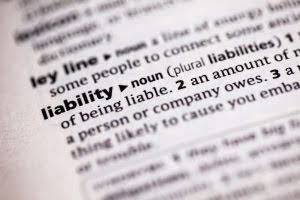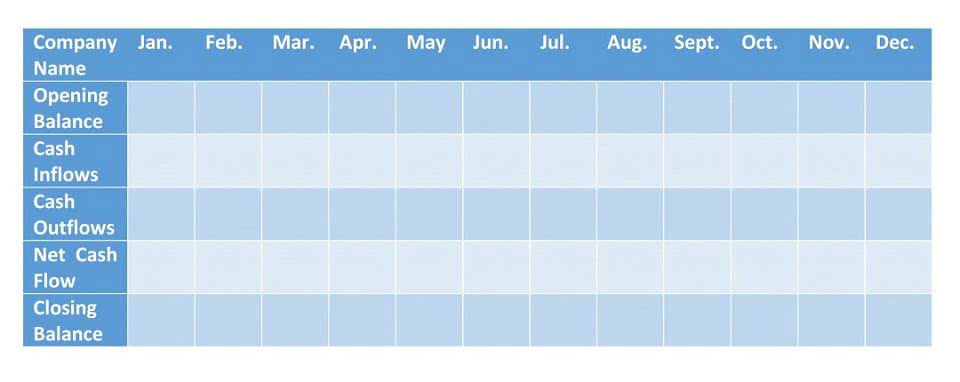
This solution differs from the first only in the way the data is presented. Data here is presented in the form of a mathematical equation while in the previous it is presented in the form of a statement. Explore why HighRadius has been a Digital World Class Vendor for order-to-cash automation software – two years in a row. Free accounting tools and templates to help speed up and simplify workflows. This simple formula can also be expressed in three other ways, which we’ll cover next. At first glance, this may look overwhelming — but don’t worry fundamental accounting equation because all three reveal the same information; it just depends on what kind of information you’re looking for.
- The process of recording these transactions will continue across the period.
- Let us understand the accounting equation with the help of an example.
- The best accountants and finance professionals need this extra time to contribute to better business results.
- This simple, easy-to-understand tool can tell you what you need to know upfront so you know what to focus on if there are any issues or room for improvement.
- Receivables arise when a company provides a service or sells a product to someone on credit.
Arrangement #2: Net Value = Assets – Liabilities
- The ingredients of this equation – Assets, Liabilities, and Owner’s equities are the three major sections of the Balance sheet.
- The business has paid $250 cash (asset) to repay some of the loan (liability) resulting in both the cash and loan liability reducing by $250.
- Drawings are amounts taken out of the business by the business owner.
- It is the fundamental foundation of accounting that ensures financial statement accuracy.
- Hence, the account from which the amount is withdrawn gets credited, and there needs to be an account debited for the asset purchased (the account related to the asset purchased gets debited).
It is important to understand the definitions of each component in the equation. An asset is a resource, controlled by the business, that is expected to provide benefits in the future. Common examples include inventory, account receivables and PP&E (property, plant and equipment). If the total liabilities calculated equals the difference between assets and equity then an organization has correctly gauged the value of all three key components.
Understanding the Accounting Equation

Any transaction that affects one side of the equation will also affect the other side to keep the equation in balance. Liabilities are financial obligations or debts that a company owes to other entities. QuickBooks seamlessly syncs with bank accounts and credit cards to track deposits, expenses, and invoices. This automation reduces manual entry errors and ensures all financial activities align with the accounting equation, so you can have more confidence in the accuracy of your books.
Liabilities = Assets – Owner’s Equity
- Additionally, you can visualize the accounting equation and its components using advanced visualization tools like Tableau.
- Treasury stock transactions and cancellations are recorded in retained earnings and paid-in-capital.
- It is sometimes called net assets, because it is equivalent to assets minus liabilities for a particular business.
- This could be because of missing transactions, incorrect amounts, transactions recorded in the wrong accounts, or mathematical errors.
- It is currently used to comply with generally accepted accounting principles (GAAP).
- The nominal (or par) value is 1.00, and the accounting rules require the par amount to be reported separately from the additional above par.
You can also check the balance of your business using the accounting equation. This long-form equation is called the expanded accounting equation. Almost all businesses use the double-entry accounting system because, truthfully, single-entry is outdated at this point.
After the company formation, Speakers, Inc. needs to buy some equipment for installing speakers, so it purchases $20,000 of installation equipment from a manufacturer for cash. In this case, Speakers, Inc. uses its cash to buy another asset, so the asset account is decreased from the disbursement of cash and increased by the addition of installation equipment. Equity represents the portion of company assets that shareholders or partners own. In other words, the shareholders or partners own the remainder of assets once all of the liabilities are paid off.
- Investors are interested in a business’s cash flow compared to its liability, which reflects current debts and bills.
- The inventory asset is recorded and the obligation to pay the suppliers is reflected as a liability.
- Thus, these problems should be noted by all companies and strict method of valuation and recording of transactions should be done to control such problems.
- Share repurchases are called treasury stock if the shares are not retired.
In a double-entry accounting system, every transaction affects at least two accounts. For every debit entry, there must be a corresponding credit entry of equal value. The accounting equation ensures that your financial records remain balanced and accurate. It’s the foundation of double-entry bookkeeping, and it’s critical for financial reporting.

This then allows them to predict future profit trends and adjust gross vs net business practices accordingly. Thus, the accounting equation is an essential step in determining company profitability. It expresses the relationship between a company’s assets, liabilities, and equity and is the foundation for preparing and analyzing financial statements. Many businesses today use accounting software to manage their financial records.


The Accounting Equation is the primary accounting principle stating that a business’s total assets are equivalent to the sum of its liabilities & owner’s capital. It is also known as the Balance Sheet Equation & it forms the basis of the double-entry accounting system. A trade receivable (asset) will be recorded to represent Anushka’s right to receive $400 of cash from the customer in the future. As inventory (asset) has now been sold, it must be removed from the accounting records and a cost of sales (expense) figure recorded. The cost of this sale will be the cost of the 10 units Bakery Accounting of inventory sold which is $250 (10 units x $25). The difference between the $400 income and $250 cost of sales represents a profit of $150.
Showing You Understand the Accounting Equation on Resumes
For example, if you provide $1,000 in services on credit, your accounts receivable (asset) increases by $1,000, and your revenue (which flows to equity) increases by $1,000. The accounting equation remains balanced with assets increasing by the same amount as equity. As transactions are recorded, QuickBooks automatically updates balance sheets, so you can keep track of assets, liabilities and equity in real time. This immediate visibility allows you to monitor your financial position and make informed business decisions. The accounting equation is the fundamental equation that keeps together a balance sheet. The fundamental accounting equation, as mentioned earlier, states that total assets are equal to the sum of the total liabilities and total shareholders equity.
